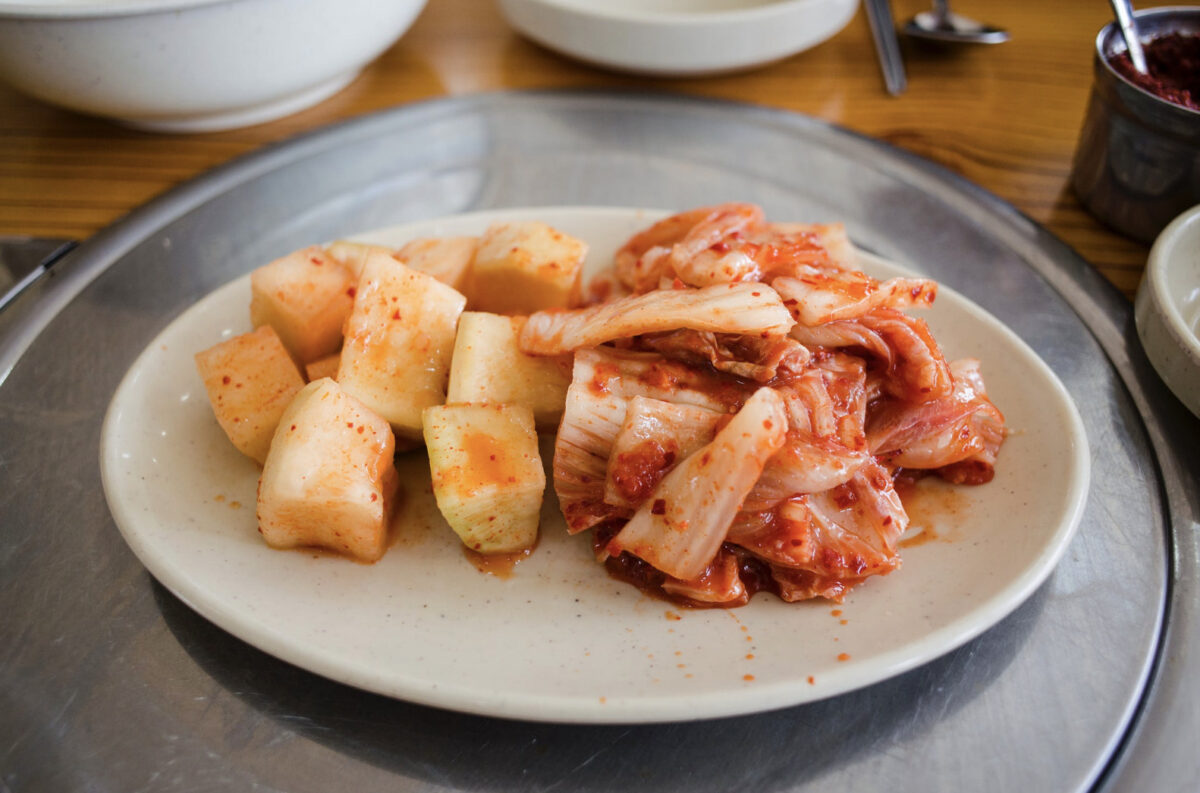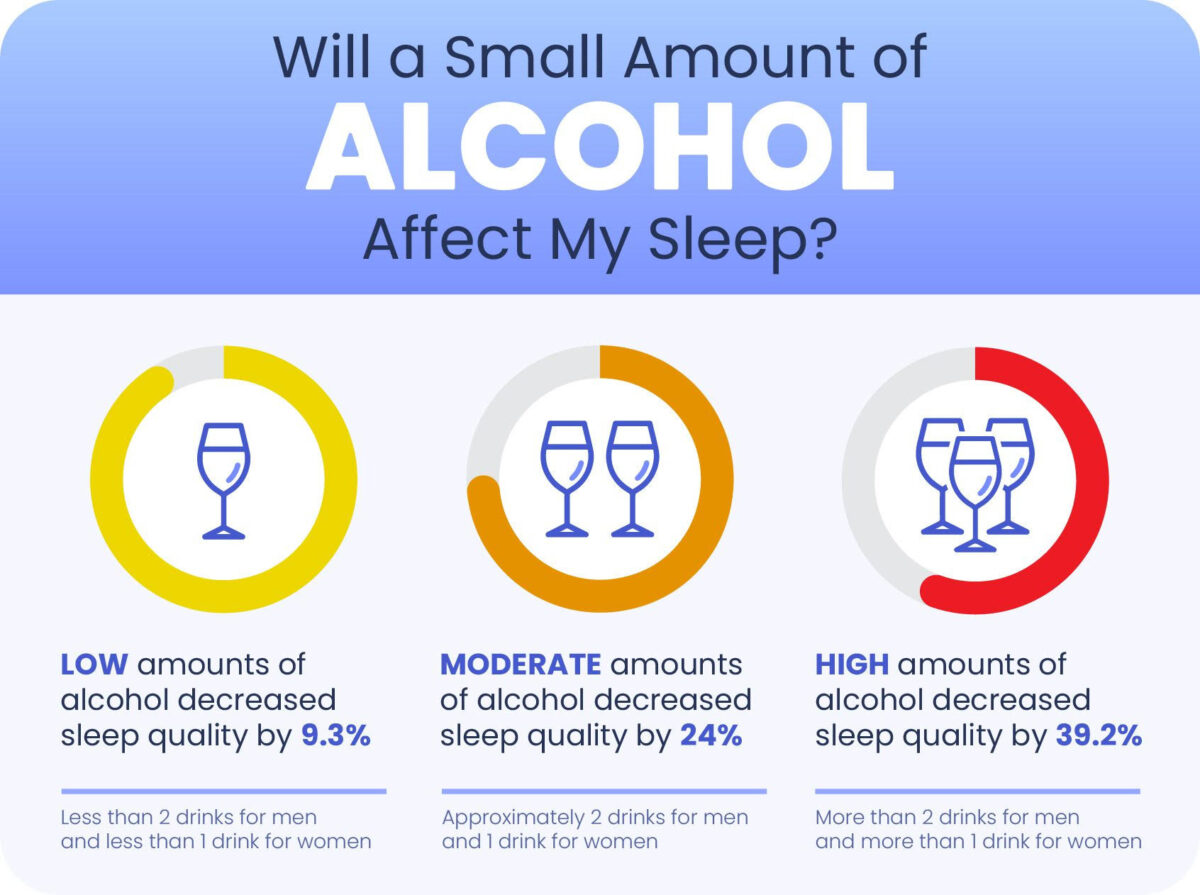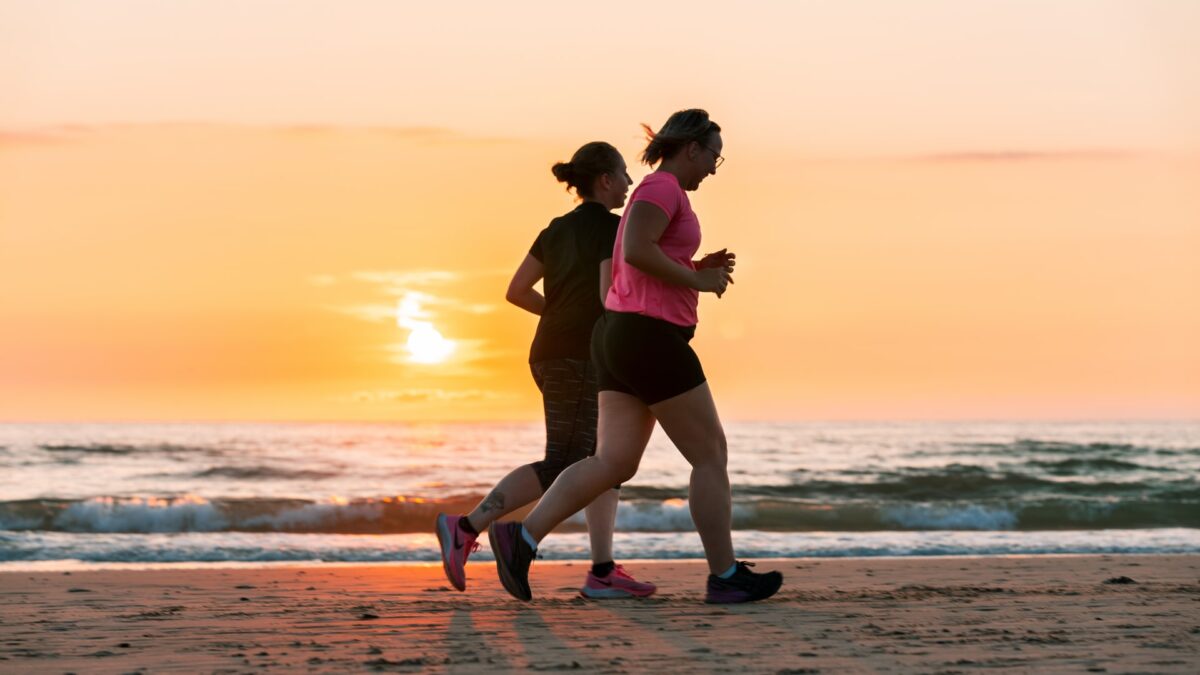By Tim Irvine
There are many ways to be ‘fit’, but general fitness is important for ‘moving as young as possible’ for as long as possible. And it’s not just about moving well when you are over 40. Think about a toddler in a full, deep squat and then that same child as a 10-year-old. They have already lost their ability to squat optimally, and that negative adaptation continues over time.
Dr. Peter Attia is a world-renowned expert on longevity. His research has further proven how important movement and exercise are to many health factors.
When he works with clients, he has several baseline physical tests that he uses to establish objective metrics for a person’s current state is. These measures are all based in science and translate to how healthy someone is. To learn a bit more about how these translate to health, you can watch this video.
So how do you stack up?
Below are some of the assessments that he uses. These should not be looked at as things to go out and try today unless you already have a lot of experience with them. As described, they are meant for a 40-year-old other than the VO2 max. Performing any exercise to a max effort has injury risk, and the last thing I’m trying to suggest here is to go out and push yourself past your tissue limits. It’s all about establishing your baseline. I suggest stopping any of these when you get to the point of ‘wow, this is really hard’. Dead hang and Farmer carry especially.
- Dead Hang – two minutes
- 90 degrees at the knee static squat – 2 minutes
- VO2 max is in the 75th percentile
- Use this link to determine a submaximal measure of this and then input it into this percentile ranking tool. Farmer carry your body weight for two minutes (75% body weight for women)
- Farmer carry for two minutes
- Men – 100% of body weight
- Women – 75% of body weight
You can incorporate a few others into the mix: vertical jump and deadlifting your body weight ten times. I think it’s safe to say you want to be in the 75th percentile or higher for vertical. Age-related norms for vertical can be seen here, but they are reported in centimetres.
Enjoy the challenge these tests provide but do so safely.











